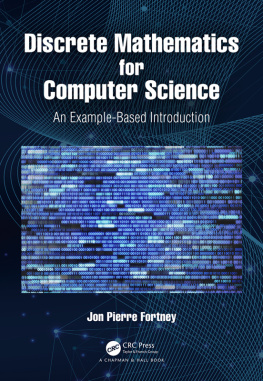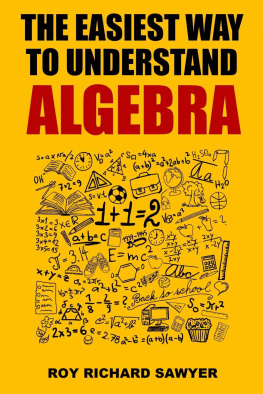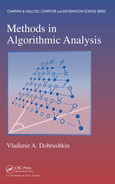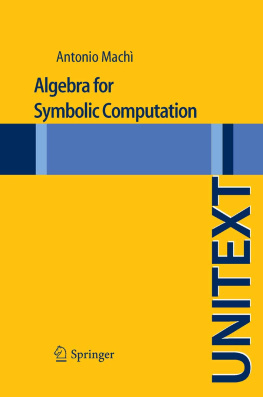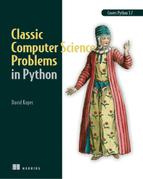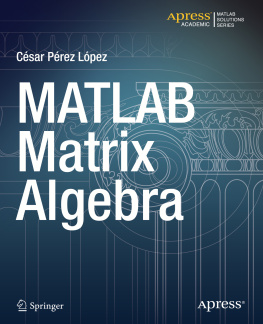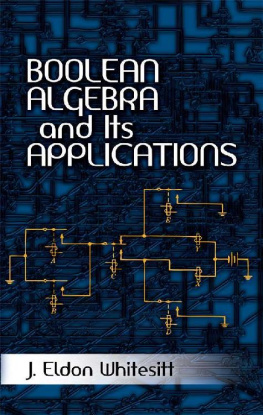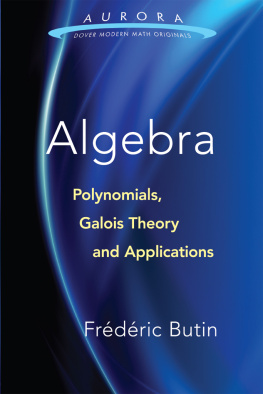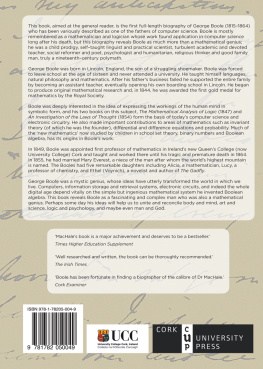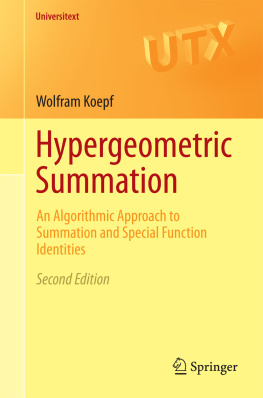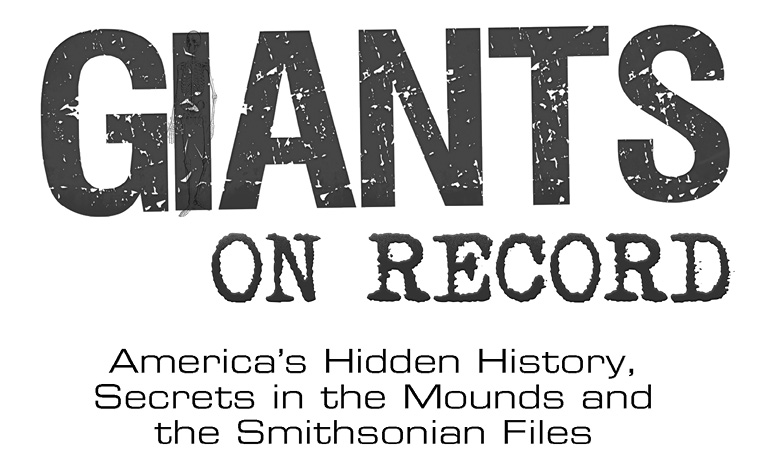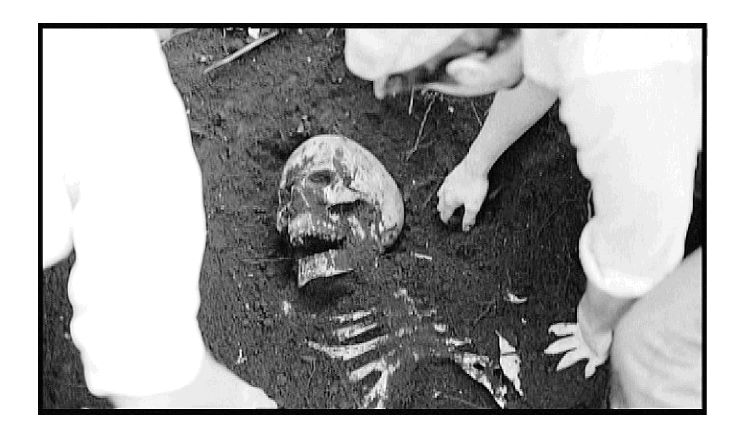First published 2015 AD
This edition Jim Vieira & Hugh Newman 2015 AD
Published by Avalon Rising Publications.
British Library Cataloguing in Publication Data
Vieira, J and Newman, H.
Giants on Record
Avalon Rising Publications
Dragon Clan Offices
31-33 Benedict Street
Glastonbury, Somerset, BA6 9NB
United Kingdom
ISBN: 978-0-9567865-1-7
Also available in hardback and ebook formats.
All rights reserved.
For permission to reproduce any part of this book please contact the publishers: books@avalonrising.co.uk. Every effort has been made to obtain permission from relevant authors, artists, photographers, newspapers, and publishers. If any copyright holders who it has not been possible to contact, please get in touch with the publisher to make suitable arrangements for future editions and ebooks to be amended and sources acknowledged.
Front cover and jacket design by Jake Ewen.
www.jakeewen.com
Book cover concept and interior layout by Hugh Newman.
Contact the authors directly at: info@megalithomania.co.uk
About the Authors
Jim Vieira is a stonemason, researcher and writer. As well as exploring and writing about the stone sites of New England, he has collated over 1,500 newspapers and scholarly accounts of giant skeletons being found in North America and around the world. He has written for Ancient American magazine, The Heretic (UK) and local Massachusetts newspapers. In 2012 he created the online blog The Daily Giant that showcased a giant report every day for nearly two years. He controversially had his TEDx talk removed from the internet (much like Graham Hancock and Rupert Sheldrake). He is star of the History Channel TV shows Search for the Lost Giants (2014) and Roanoke: Search for the Lost Colony (2015) with his brother Bill. He lives in Ashfield, Massachusetts.
Hugh Newman is an explorer, antiquarian and author of Earth Grids: The Secret Patterns of Gaias Sacred Sites (Wooden Books, 2008). He has been a regular guest on History Channels Ancient Aliens in the last five seasons and featured in Search for the Lost Giants with Jim and Bill Vieira. Since 2006 he has been organising the Megalithomania Conference (UK, US and South Africa) and since 2013 the Origins Conference in London with Andrew Collins. He runs regular tours and expeditions to Peru, Egypt, Turkey, Britain, Mexico, Cambodia, Java, India and other locations. He also writes for numerous magazines and has a Bachelor of Arts Honours Degree (BA Hons) in Film and Journalism from London Guildhall University. His worldwide adventures and lectures can be seen at www.youtube.com/megalithomania UK . His main websites are www.megalithomania.co.uk and www.hughnewman.co.uk. He lives in Glastonbury, England.
Note to Reader
Dating System
The dating system we have used in this book is the standard BC (Before Christprior to year 1) and AD ( Anno Domini during or after year 1). We also often write how many years ago it was from the present, but we do not use the modern forms of BP (Before Present), BCE (Before Common Erabefore year 1), CE (Common Erafrom year 1 onwards) or any other abbreviation.
Height System
Heights are in feet and inches and often shortened to ft and in. In the Gazetteer we use abbreviated form of (for example) 8 6 to describe a height of eight feet six inches. Height is discussed frequently in this book so we have decided not to submit pages and pages of data on height averages over the millennia. However, for the purposes of clarification, we regard a giant as anyone 7 feet tall or over. We do have some examples that are between 6 and 7 feet as we felt their inclusion is important to the context of the relevant chapter or book as a whole.
The tallest recorded human in history (for whom there is irrefutable evidence) was Robert Wadlow (1918 1940), who reached 8 feet 11.1 inches in height.
American Spelling
The general spelling is based on the American dictionary. Although this was a tough choice for one of the authorsthe Englishman who all his life has spoken and written in the Queens Englishwe decided to honour (sorry, honor) the American form of English, as the book is mainly based on discoveries in North America (although some English spelling made its way into the book too).
Table of Contents
Acknowledgements
Hugh Newman would like to thank all his family for their support and encouragement, Ross Hamiltongodfather of giantology for his insight, guidance and editing of the book, Geoff Stray, Cee Hall, Micah Ewers, Bill Vieira, Gretchen Gerstner, Kyle, Seth, Josh and all the Ashfield crew, and Linus of course. Thanks to Sheena Gaskell, Andrew Collins, Greg Little, Jeffrey Wilson, Barbara DeLong, Micah Hanks, Rene Fleury, Peter Anick, Greg Maestro, Ted and John and all at Left/Right Productions for making a great TV show, Brien Foerster, Irene Mendoza, David Hatcher Childress, Michael Tellinger, Emmanuel Martin, David Hatfield, Susan Malleson, Shaun Kirwan, Kristan T. Harris, James Swagger, Bill Busha, Marcia K. Moore, Terje Dahl, Larry Bohlen, Bruce Cunningham, Andrew Gough, Stuart Mason, Wayne May, Gil Zamora, Graham Hancock, Giorgio Tsoukalos, Krix Beeble, and Jake Ewen for the cover and graphic design skills. Finally, to our departed friends John Michell, Patrick Cooke, Anthony Roberts, John Agnew, Philip Coppens, Sunbird and the wonderful Leslie LaBoda.
Jim Vieira would like to thank the entire Vieira and Gerstner clan but most importantly brother Bill for his support throughout this project. Also thanks to producers John Marks, Ted Bourne and Carmen Garcia of Left/Right studios and History Channel executive Matt Ginsberg for helping to bring this story to the History Channel. Thanks to Ross Hamilton, Micah Ewers, Greg Little and Graham Hancock for inspiring my research and for being examples to try and emulate. I would like to thank my father Edward for instilling in me a love of a good mystery and my mother Margaret for a lifetime of selfless service to others. Finally, thanks to Linus the cat for being a faithful friend through thousands of hours of research.
There were till then left the race of giants, who had bodies so large, and countenances so entirely different from other men, that they were surprising to the sight, and terrible to the hearing. The bones of these men are still shown to this very day, unlike to any credible relations of other men.
- Flavius Josephus, 93 AD
To all Indigenous Americans
ancient and modern.
The legends are true.
Foreword: The Tall Ones
by Ross Hamilton
G iants on Record is an outgrowth of the internet age coupled with solid research endeavors the old-fashioned way of hands-on detective work. So many libraries, museums, private residences, and cemeteries have been visited in our efforts that if you added-on all the interviewing of knowledgeable people, the list would go on for pages and pages.
Jim and Bill Vieira, Hugh Newman, and prolific researcher Micah Ewers are like lions that have championed the cause of the continuing retrieval of information dealing with an overly fantasized, intellectually marginalized, and professionally ostracized sector of humanity. These four men and others who share their vision are doing something that literally requires courage to dare present publicly in this age of academically controlled archaeologies.



